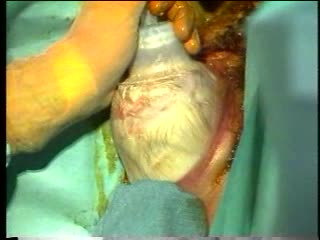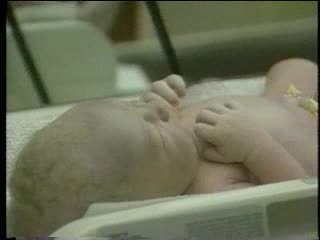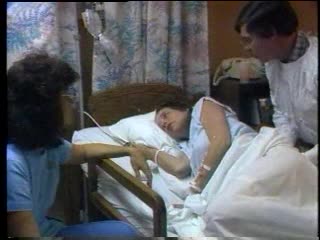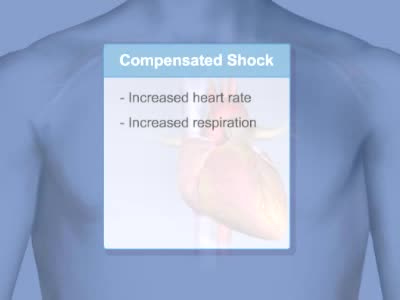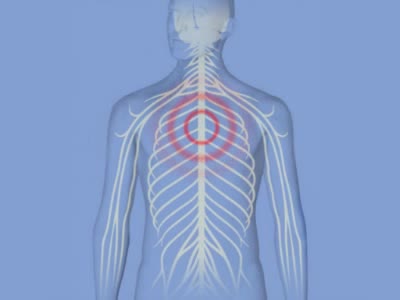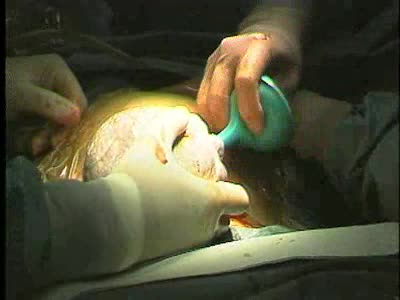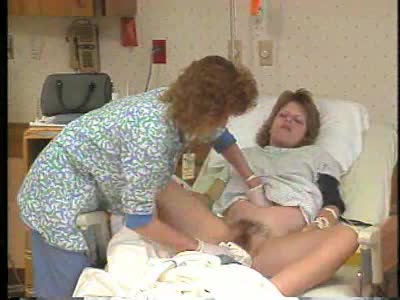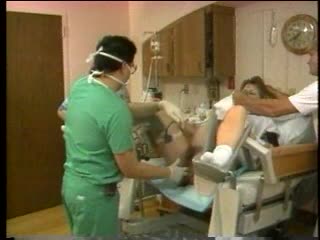Search Results
Results for: 'Delivery'
Labor and Delivery - Vacuum Extraction
By: Administrator, Views: 492
Vacuum extraction (VE), also known as ventouse, is a method to assist delivery of a baby using a vacuum device. It is used in the second stage of labor if it has not progressed adequately. It may be an alternative to a forceps delivery and caesarean section. It cannot be used when the baby is in ...
Labor and Delivery - Placenta Delivery
By: Administrator, Views: 535
Placental expulsion (also called afterbirth) occurs when the placenta comes out of the birth canal after childbirth. The period from just after the baby is expelled until just after the placenta is expelled is called the third stage of labor. The third stage of labor can be managed actively wi...
Labor and Delivery - Transition
By: Administrator, Views: 413
The last part of active labor – when your cervix dilates from 8 to a full 10 centimeters – is called the transition period because it marks the shift to the second stage of labor. This is the most intense part of labor. Contractions are usually very strong, coming every two and a half to t...
By: Administrator, Views: 14822
Pre-eclampsia (PE) is a disorder of pregnancy characterized by the onset of high blood pressure and often a significant amount of protein in the urine. When it arises, the condition begins after 20 weeks of pregnancy. In severe disease there may be red blood cell breakdown, a low blood platelet c...
By: Administrator, Views: 14412
Shock is a life-threatening condition in which delivery of oxygen to the organs is low, causing organ damage and sometimes death. Blood pressure is usually low.
By: Administrator, Views: 14624
Shock is a life-threatening condition in which delivery of oxygen to the organs is low, causing organ damage and sometimes death. Blood pressure is usually low.
By: Administrator, Views: 496
Caesarean section, also known as C-section, or caesarean delivery, is the use of surgery to deliver babies. A caesarean section is often necessary when a vaginal delivery would put the baby or mother at risk. This may include obstructed labor, twin pregnancy, high blood pressure in the mother, br...
Labor and Delivery - Postpartum Assessment
By: Administrator, Views: 607
The postpartum patient's emotional status plays a significant part in her recovery and her adjustment to her infant. Postpartum hospital stays are very brief, so nurses must make every encounter with the patient meaningful. Developing a systematic method of assessing the patient will save time an...
Second Stage of Labor and Delivery
By: Administrator, Views: 694
During labor forceful contractions move the fetus down the birth canal and expel it from the uterus. Signs and symptoms that labor is about to start can occur from hours to weeks before the actual onset of labor. Braxton Hicks contractions Irregular contractions that begin in the second trim...
Advertisement



